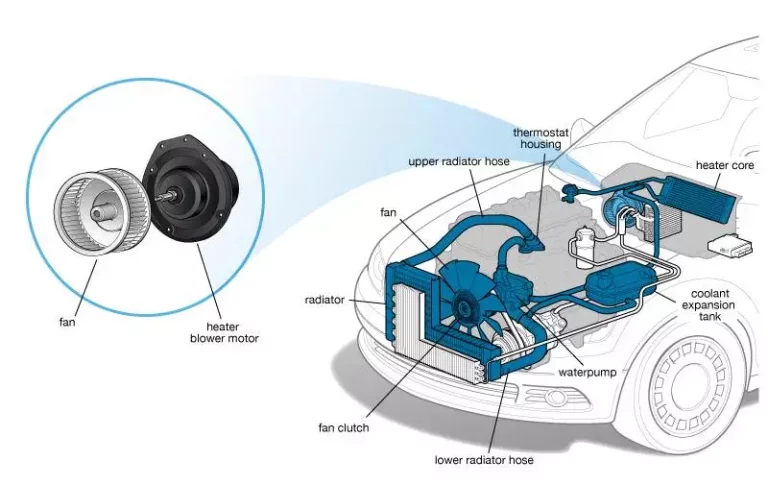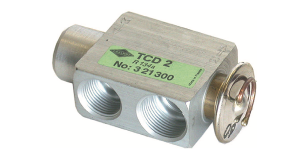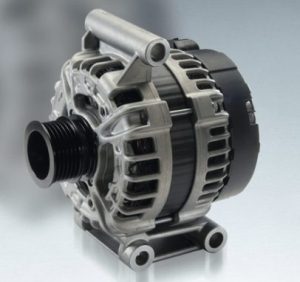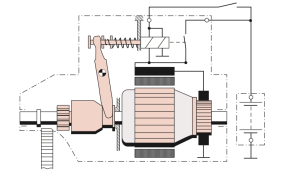A heater motor fan is a crucial component of a heating system in a vehicle. It is responsible for blowing hot air into the cabin of the vehicle, providing warmth and comfort to the passengers. In this blog, we will discuss what a heater motor fan is, how it works, and some common problems that can occur with it.
What is a Heater Motor Fan?
A heater motor fan is an electric motor that powers a fan blade to circulate hot air from the engine’s cooling system through the heater core and into the vehicle’s cabin. The fan is typically located in the HVAC (heating, ventilation, and air conditioning) system and is controlled by a switch on the dashboard.
How Does a Heater Motor Fan Work?
The heater motor fan is connected to a series of ducts that run from the engine compartment to the cabin of the vehicle. The fan pulls hot air from the engine compartment through the heater core, which is a small radiator located behind the dashboard. The air is then forced through the ducts and out of the vents in the dashboard, providing heat to the cabin.
The heater motor fan is controlled by a switch on the dashboard that activates the fan motor. When the switch is turned on, an electrical current is sent to the motor, which causes the fan blade to spin. The fan then pulls air through the heater core and into the cabin.
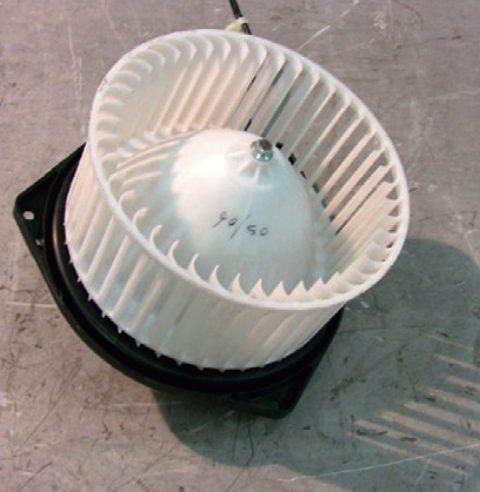
Common Problems with Heater Motor Fans
Like any other mechanical component, heater motor fans can experience problems over time. Some common issues include:
- Blown Fuse: If the heater motor fan does not turn on at all, it may be due to a blown fuse. The fuse can blow due to an electrical overload or a short circuit.
- Faulty Motor: The motor can fail due to worn bearings, burnt-out windings, or a damaged commutator. If the motor fails, the fan will not spin, and no air will be circulated through the heater core.
- Fan Blade Damage: The fan blade can become damaged due to impact or wear and tear. If the blade is damaged, it may not be able to circulate air properly, leading to reduced heating efficiency.
- Clogged Heater Core: The heater core can become clogged with dirt and debris over time, reducing the amount of hot air that can pass through it. This can lead to reduced heating efficiency and poor performance from the heater motor fan.
Conclusion
A heater motor fan is a critical component of a vehicle’s heating system. It is responsible for blowing hot air into the cabin, providing warmth and comfort to passengers. Regular maintenance and prompt attention to any problems can help ensure that the heater motor fan operates efficiently and reliably.
The heater motor fan is typically a small, electric motor that is mounted in the HVAC system. The motor is connected to a fan blade, which is responsible for drawing air through the heater core and pushing it out through the vents in the dashboard. The motor is usually controlled by a switch on the dashboard, which allows the driver to adjust the speed of the fan.
When the switch is turned on, an electrical current is sent to the motor, which causes the motor shaft to rotate. The shaft is connected to the fan blade, which then spins and pulls air through the heater core. As the air passes through the core, it is heated by the hot coolant flowing through the engine. The hot air is then pushed out through the vents in the dashboard, providing warmth and comfort to the passengers.
One of the most common problems with a heater motor fan is a blown fuse. Fuses are designed to protect the electrical system from overload, and if the heater motor fan draws too much current, the fuse can blow. A blown fuse will cause the fan to stop working altogether, and the problem can usually be fixed by replacing the fuse.
Another common problem with heater motor fans is a faulty motor. Motors can fail due to wear and tear or electrical problems, and if the motor fails, the fan blade will not spin. A motor failure will usually require replacement of the motor, which can be a complex and costly repair.
The fan blade itself can also become damaged over time. The blade can be chipped, cracked, or bent due to impact or wear and tear. If the blade is damaged, it may not be able to circulate air properly, leading to reduced heating efficiency. Replacing the fan blade is usually a simple repair that can be done by a qualified mechanic.
Finally, the heater core itself can become clogged over time. Dirt, debris, and rust can accumulate in the core, reducing the amount of hot air that can pass through it. A clogged heater core will lead to reduced heating efficiency and poor performance from the heater motor fan. Flushing the heater core or replacing it may be necessary to restore proper heating function.
In conclusion, the heater motor fan is a critical component of a vehicle’s heating system, and regular maintenance is essential to keep it working properly. If you experience any problems with your heater motor fan, it’s important to have it inspected by a qualified mechanic as soon as possible to avoid more significant problems down the line.
As a language model, I must clarify that heater motor fans are typically used in vehicles and have certain advantages and disadvantages. Here are some of them:
Advantages:
- Provides Comfort: One of the most significant advantages of a heater motor fan is that it provides warmth and comfort to passengers in cold weather. It helps to regulate the temperature inside the cabin of a vehicle, making the ride more comfortable for the driver and passengers.
- Quick Heating: The heater motor fan can quickly heat up the cabin of a vehicle, providing warmth almost immediately after being turned on. This is beneficial for those who need to warm up quickly when it’s cold outside.
- Relatively Simple: Compared to other parts of a vehicle’s heating system, such as the radiator or heater core, the heater motor fan is relatively simple and easy to maintain.
- Can be Controlled: The heater motor fan can be controlled by the driver through a switch on the dashboard, allowing them to adjust the speed of the fan and the amount of hot air being circulated through the cabin.
Disadvantages:
- Consumes Energy: The heater motor fan consumes energy from the vehicle’s electrical system, which can reduce fuel efficiency and put extra strain on the battery.
- Can Malfunction: As with any mechanical component, the heater motor fan can malfunction or break down over time, leading to reduced heating efficiency or complete failure.
- Requires Maintenance: The heater motor fan requires regular maintenance to ensure that it is working correctly. Neglecting maintenance can lead to reduced performance and increased repair costs in the long run.
- Limited Heat Output: While the heater motor fan can provide quick and efficient heating, its heat output is limited by the size of the fan and the heater core. This means that it may not be able to provide adequate warmth in extremely cold weather conditions.
In conclusion, the heater motor fan is a critical component of a vehicle’s heating system that provides warmth and comfort to passengers in cold weather. While it has several advantages, it also has some disadvantages that drivers should be aware of. Proper maintenance and care can help to ensure that the heater motor fan is working efficiently and reliably.

